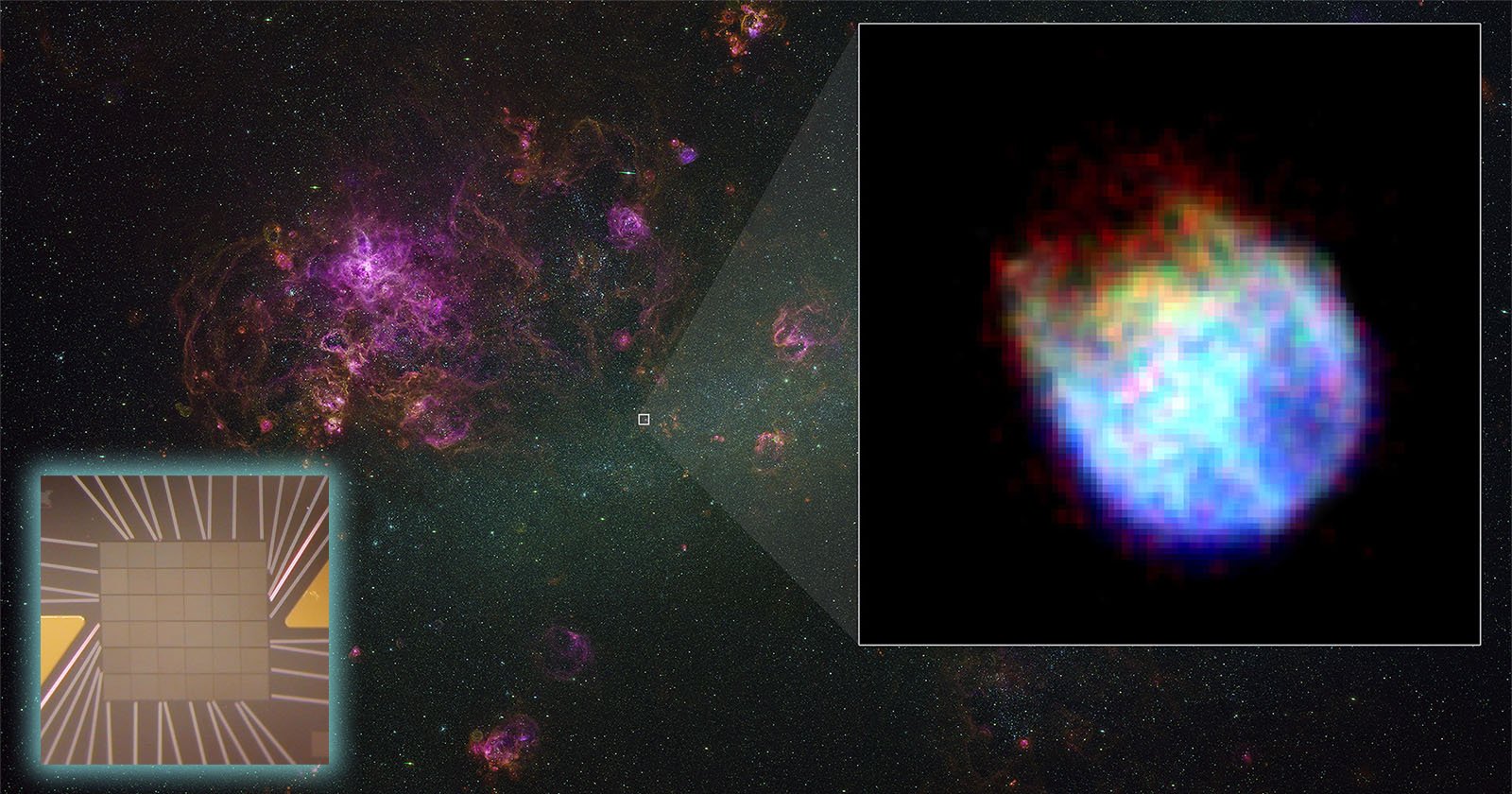
While NASA’s James Webb Space Telescope is helping astronomers craft 122-megapixel photos 1.5 million kilometers from Earth, the agency’s newest camera performs groundbreaking space science with just 36 pixels. Yes, 36 pixels, not 36 megapixels.
The X-ray Imaging and Spectroscopy Mission (XRISM), pronounced “crism,” is a collaboration between NASA and the Japan Aerospace Exploration Agency (JAXA). The mission’s satellite launched into orbit last September and has been scouring the cosmos for answers to some of science’s most complex questions ever since. The mission’s imaging instrument, Resolve, has a 36-pixel image sensor.
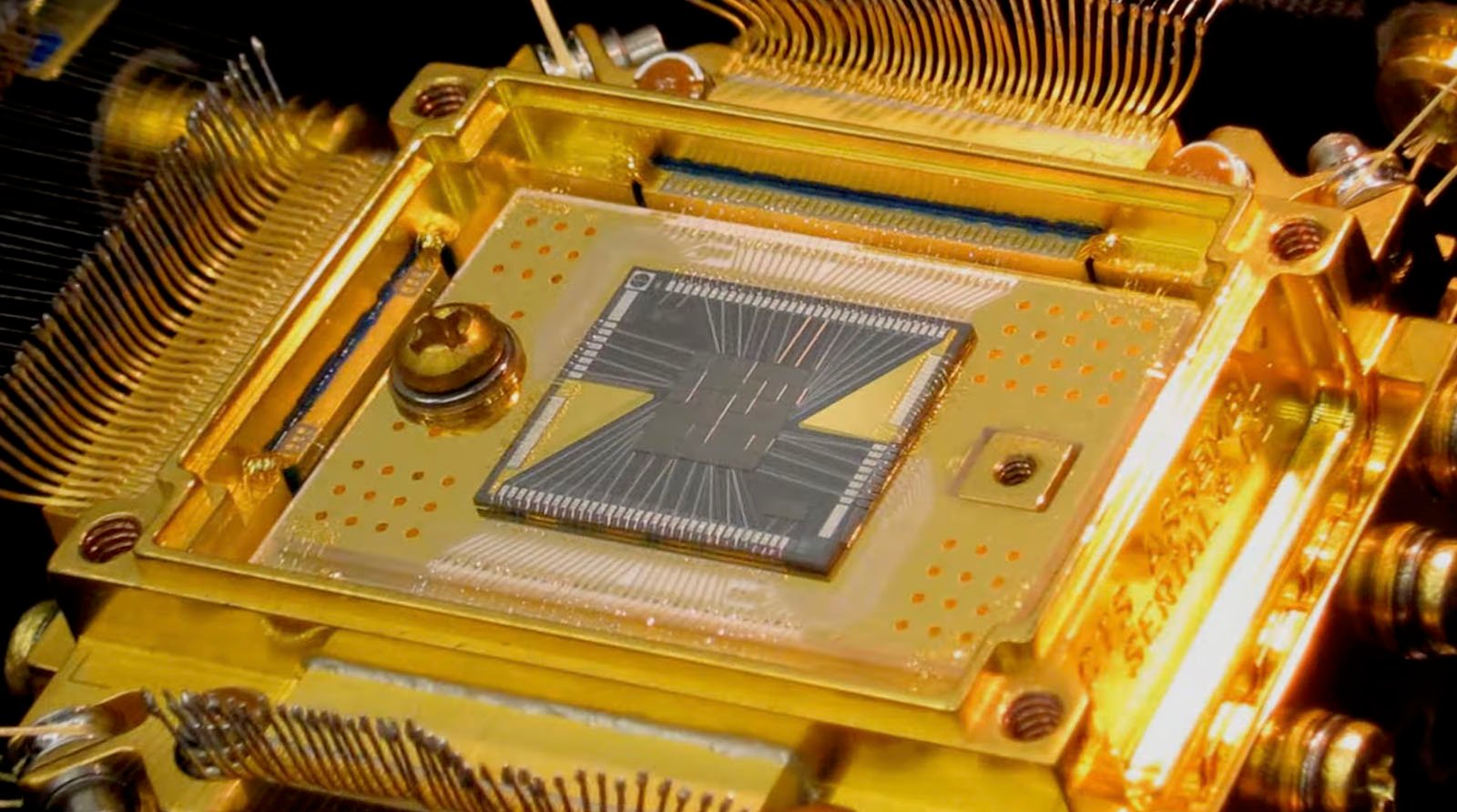
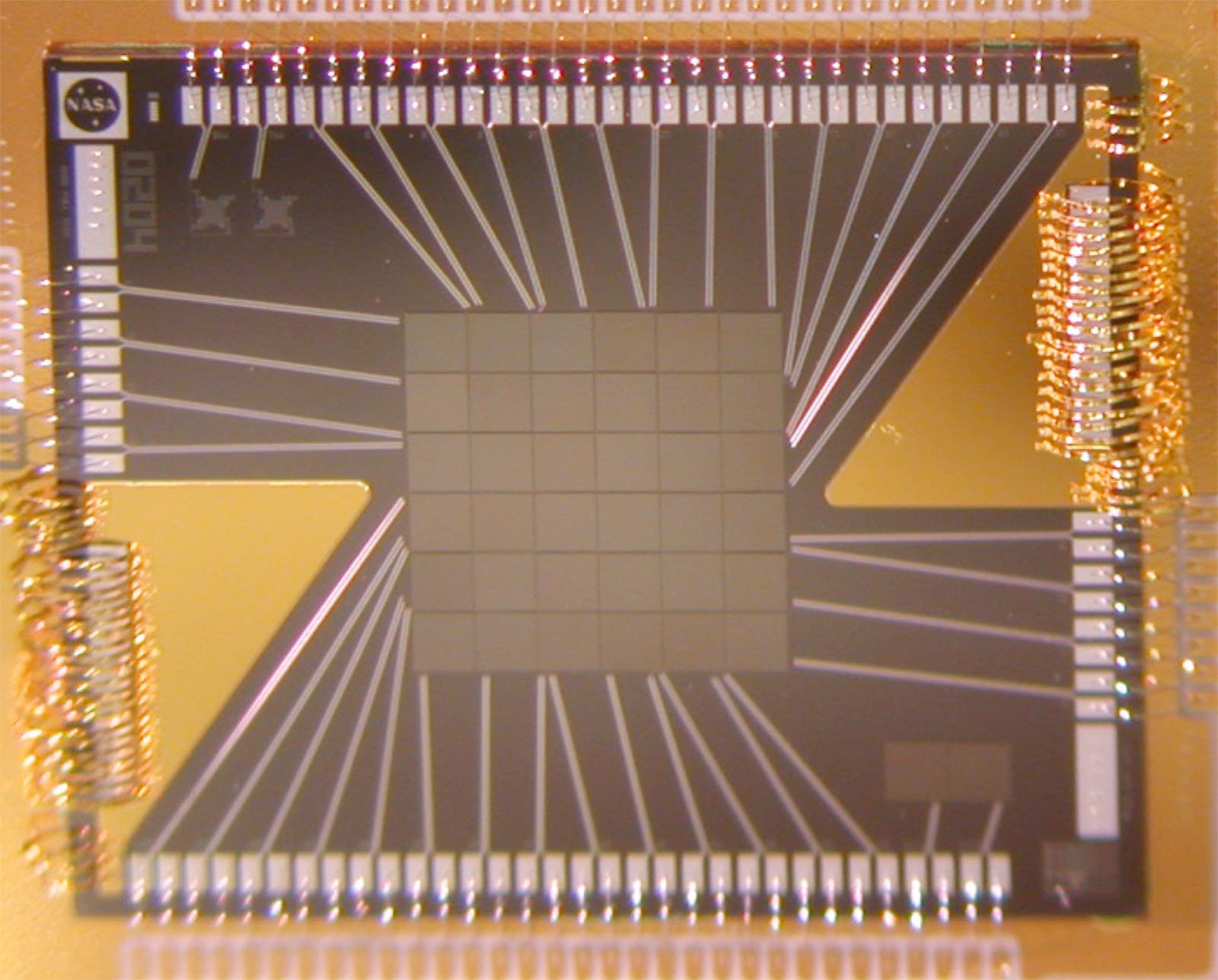
This six-by-six pixel array measures 0.2 inches (five millimeters) per side, which is not so different from the image sensor in the Apple iPhone 15 and 15 Plus. The main camera in those smartphones is eight by six millimeters, albeit with 48 megapixels. That’s 48,000,000 pixels, just a handful more than 36.
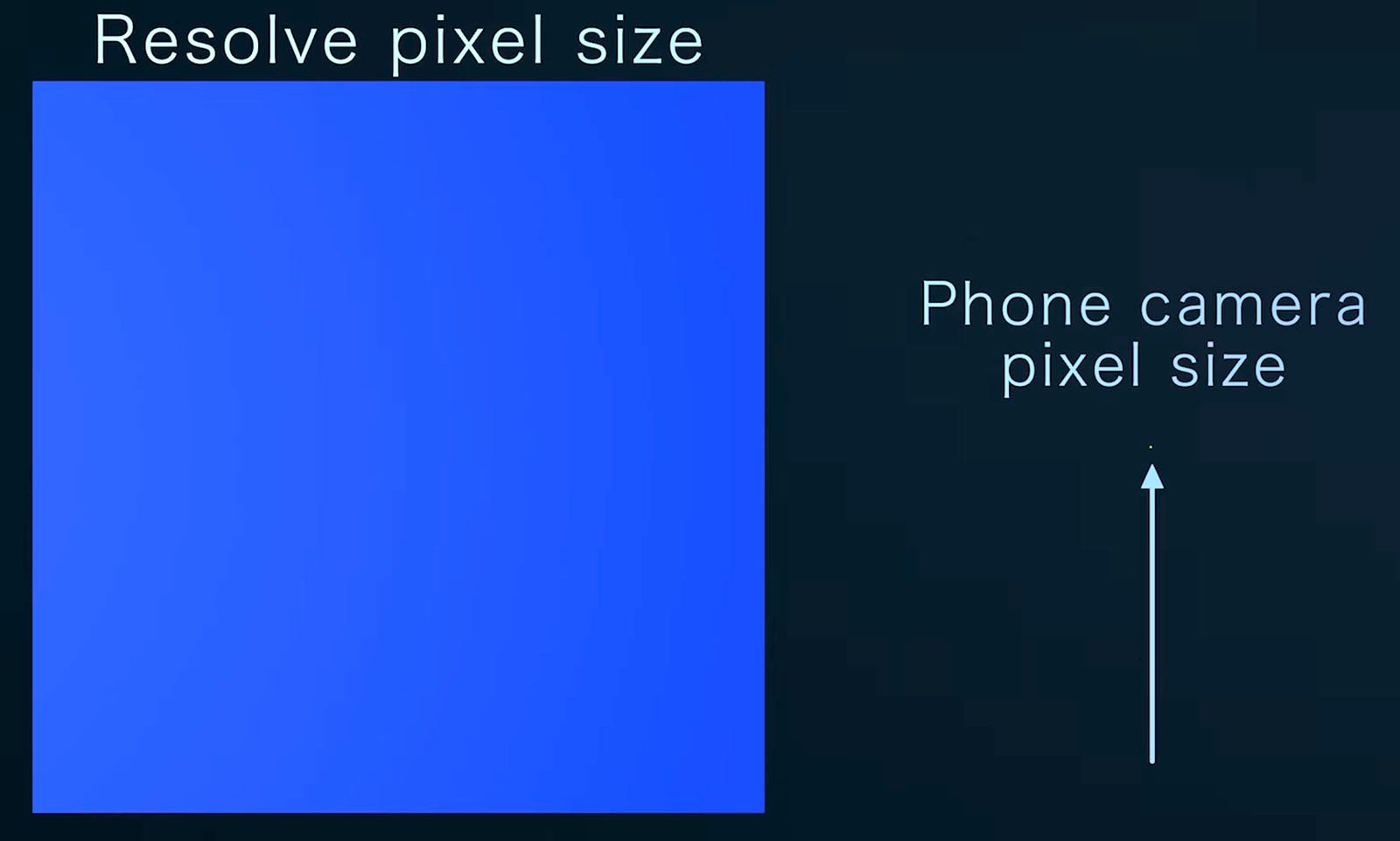
How about a full-frame camera, like the Sony a7R V, the go-to high-resolution mirrorless camera? That camera has over 60 megapixels and captures images that are 9,504 by 6,336 pixels. The image sensor has a total of 60,217,344 pixels, 1,672,704 times the number of pixels in XRISM’s Resolve imager.
At this point, it is reasonable to wonder, “What could scientists possibly see with just 36 pixels?” As it turns out, quite a lot.
Resolve detects “soft” X-rays, which are about 5,000 times more energetic than visible light wavelengths. It examines the Universe’s hottest regions, largest structures, and most massive cosmic objects, like supermassive black holes. While it may not have many pixels, its pixels are extraordinary and can produce a rich spectrum of visual data from 400 to 12,000 electron volts.
“Resolve is more than a camera. Its detector takes the temperature of each X-ray that strikes it,” explains Brian Williams, NASA’s XRISM project scientist at Goddard. “We call Resolve a microcalorimeter spectrometer because each of its 36 pixels is measuring tiny amounts of heat delivered by each incoming X-ray, allowing us to see the chemical fingerprints of elements making up the sources in unprecedented detail.”
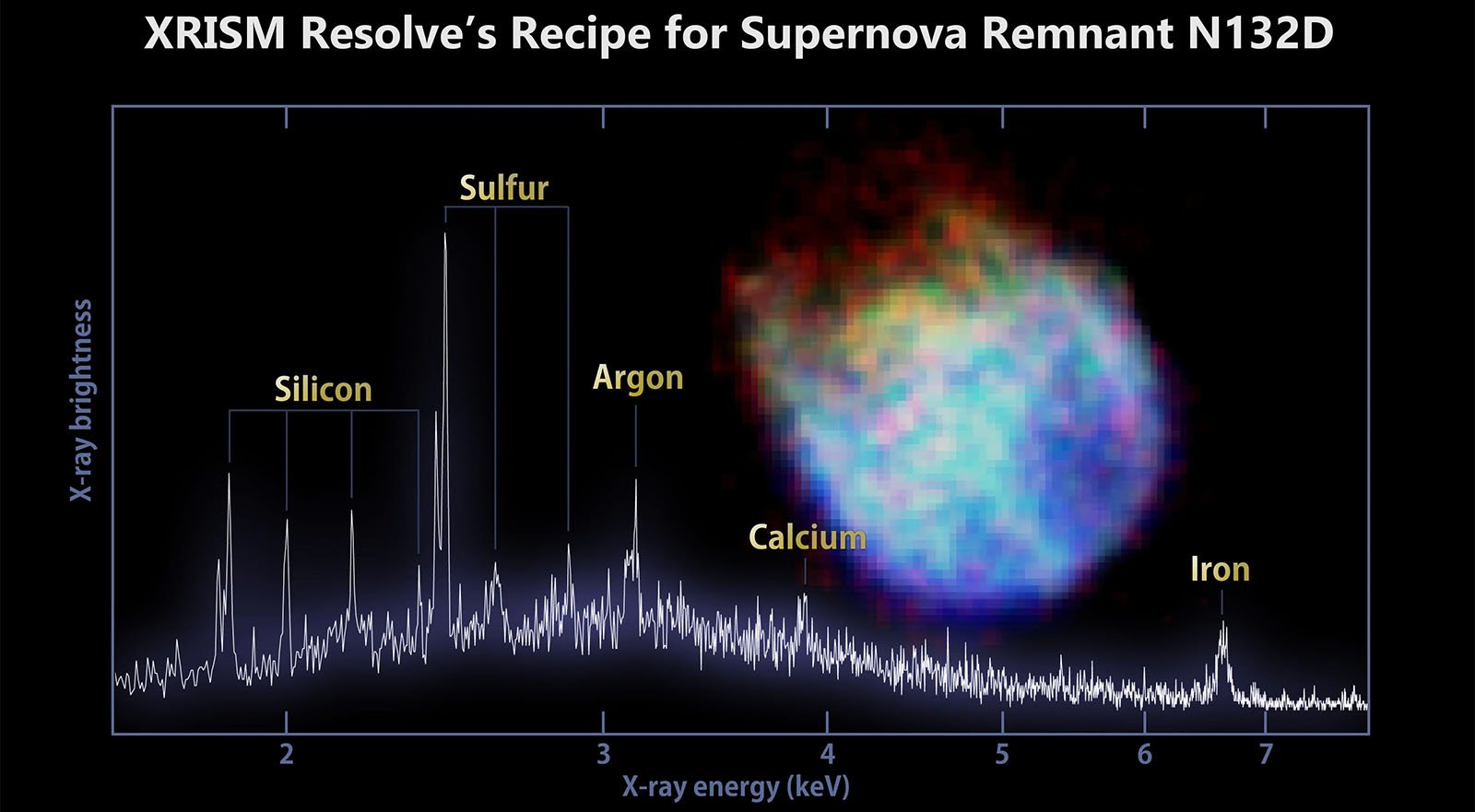
Put another way, each of the sensor’s 36 pixels can independently and accurately measure changes in temperature of specific wavelengths of light. The sensor measures how the temperature of each pixel changes based on the X-ray it absorbs, allowing it to measure the energy of a single particle of electromagnetic radiation.
There is a lot of information in this data, and scientists can learn an incredible amount about very distant objects based using these X-rays.
Resolve can detect particular wavelengths of light so precisely that it can detect the motions of individual elements within a target, “effectively providing a 3D view.” The camera can detect the flow of gas within distant galaxy clusters and track how different elements behave within the debris of supernova explosions.
The 36-pixel image sensor must be extremely cold during scientific operations to pull off this incredible feat.
Videographers may attach a fan to their mirrorless camera to keep it cool during high-resolution video recording. However, for an instrument like Resolve, a fan just won’t cut it.
Using a six-stage cooling system, the sensor is chilled to -459.58 degrees Fahrenheit (-273.1 degrees Celsius), which is just 0.09 degrees Fahrenheit (0.05 degrees Celsius) above absolute zero. By the way, the average temperature of the Universe itself is about -454.8 degrees Fahrenheit (-270.4 degrees Celsius).
While a 36-pixel camera helping scientists learn new things about the cosmos may sound unbelievable, “It’s actually true,” says Richard Kelley, the U.S. principal investigator for XRISM at NASA’s Goddard Space Flight Center in Greenbelt, Maryland.
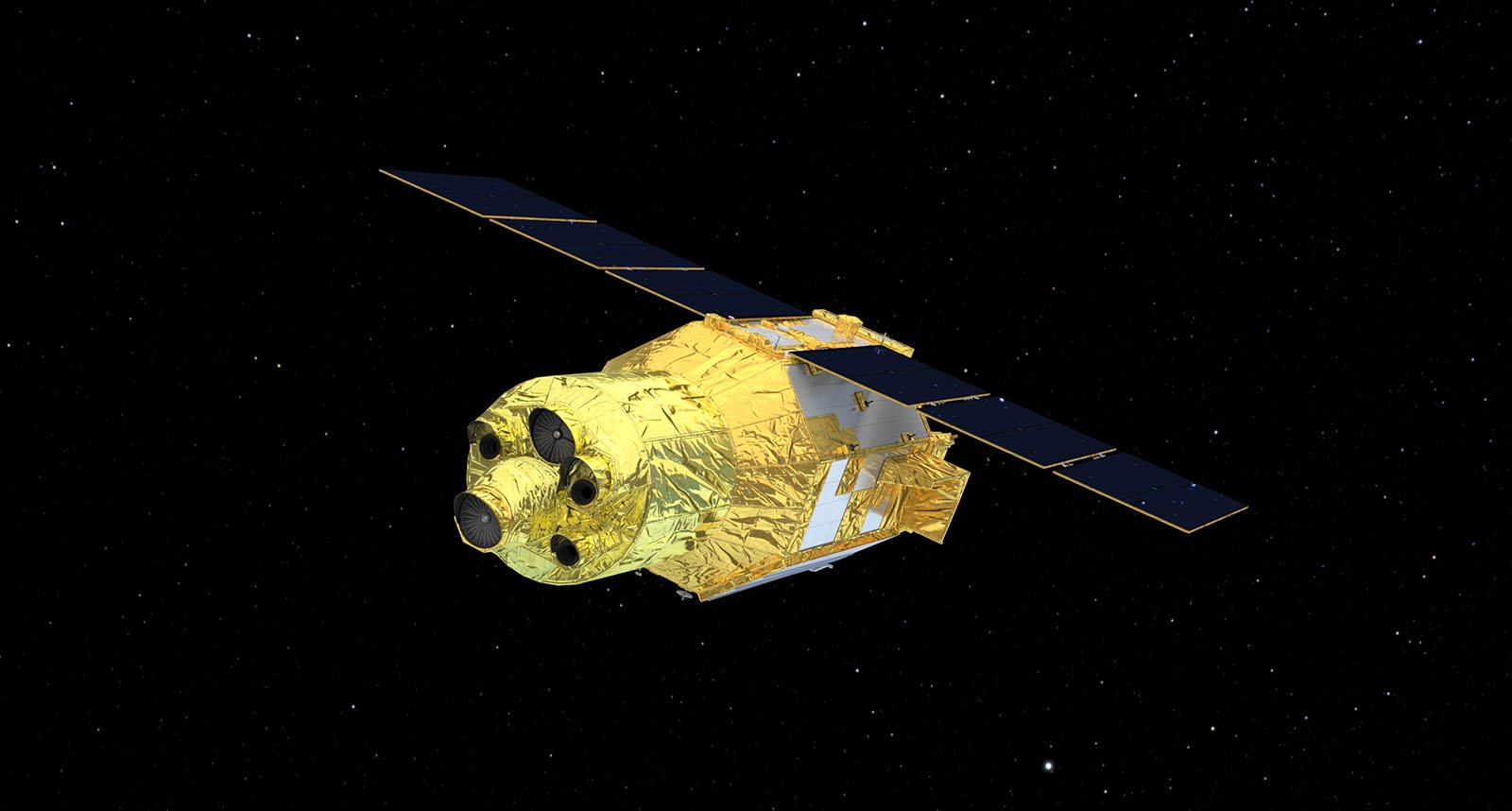
“The Resolve instrument gives us a deeper look at the makeup and motion of X-ray-emitting objects using technology invented and refined at Goddard over the past several decades,” Kelley continues.
XRISM and Resolve offer the most detailed and precise X-ray spectrum data in the history of astrophysics. With just three dozen pixels, they are charting a new course of human understanding through the cosmos (and putting an end to the megapixel race).
Image credits: NASA, JAXA
